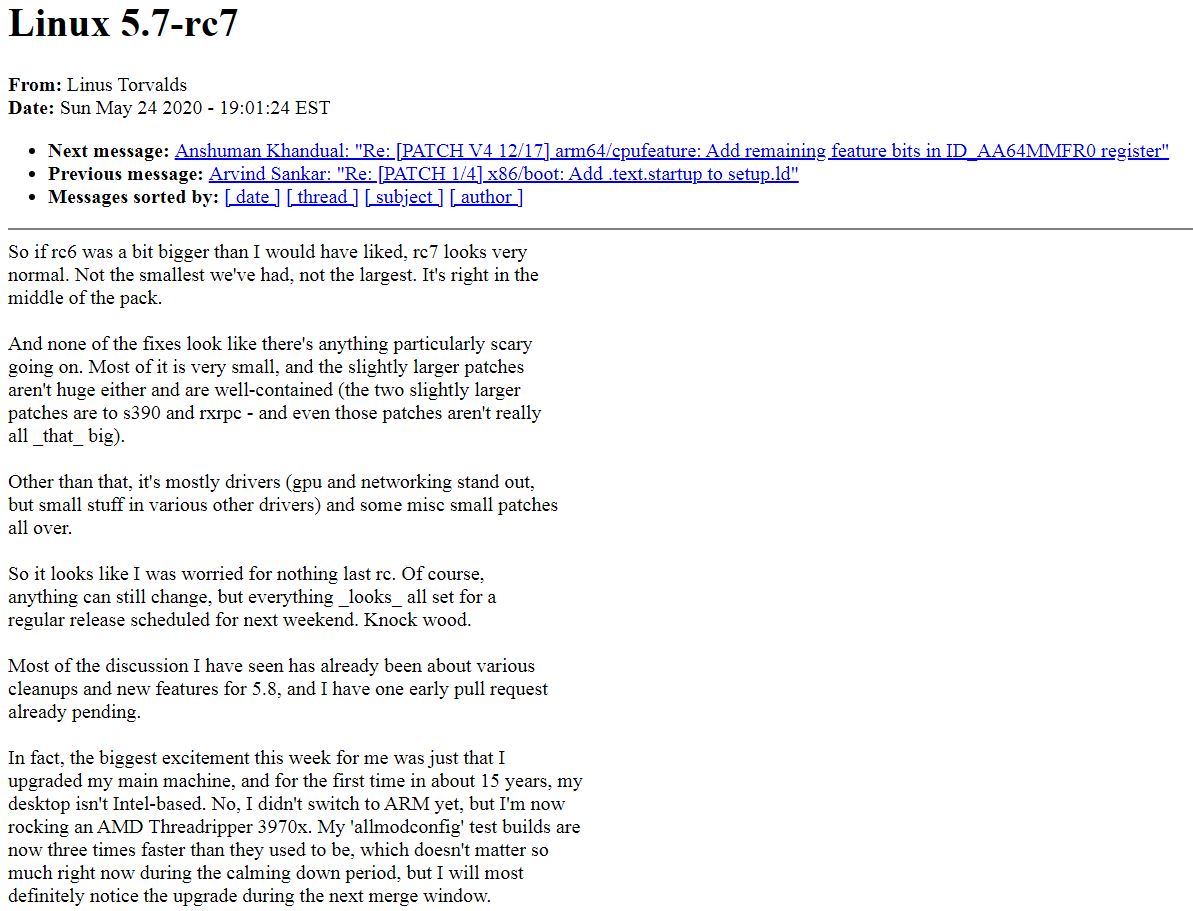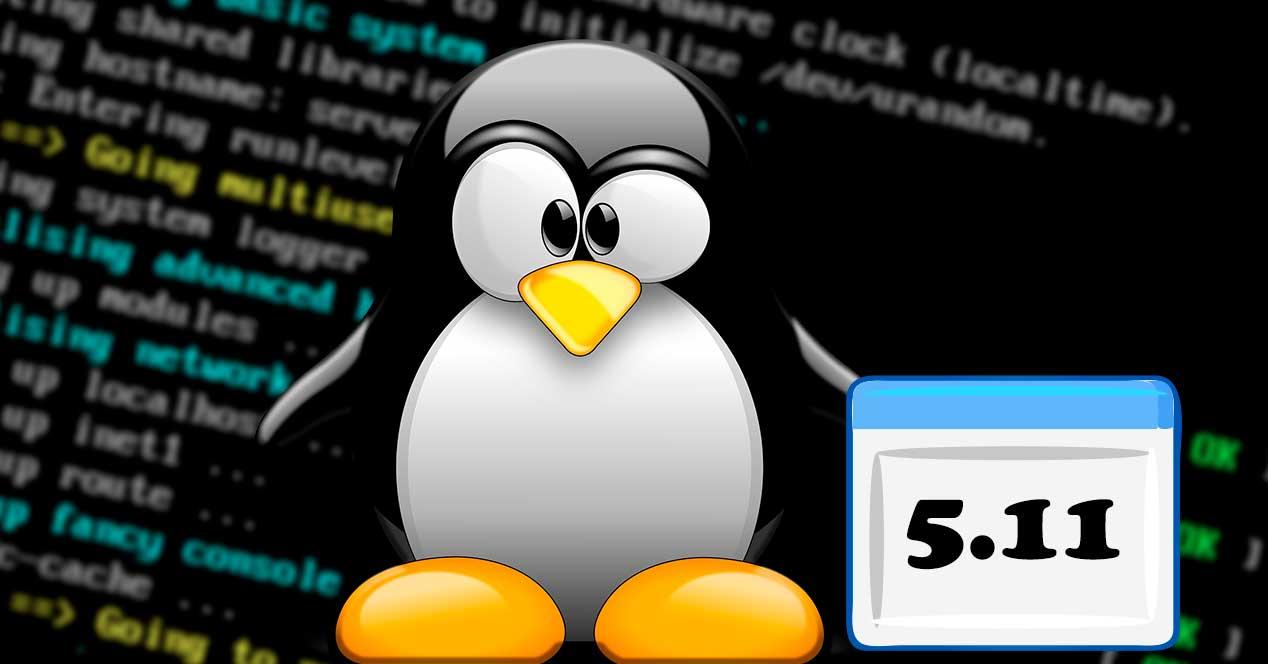

In kernel space the fault address is in user space and it is

The system call dispatcher identifies the system call function.The kernel entry point saves registers on the kernel stack.To a kernel stack the user stack and the return address to user The execution mode switches from user to kernel the CPU switches.Parameters and it issues a trap instruction The application is setting up the system call number and.In summary, this is what happens during a system call: Machine setup, attach gdb to a running kernel, add a breakpoint to the To demonstrate the system call flow we are going to use the virtual * Handles int $0x80 */ _visible void do_int80_syscall_32 ( struct pt_regs * regs ) Parameters) on stack and then it will continue with executing the The system call entry point will save registers (which contains valuesįrom user space, including system call number and system call Similar to how interrupts and exceptions are handled (in fact on someĪrchitectures this transition happens as a result of an exception). Interrupted and it is transferred to a kernel entry point. When a user to kernel mode transition occurs, the execution flow is libc) offers functions that implement theĪctual system calls in order to make it easier for applications to use Stored in the EAX register, while parameters in registers EBX, ECX, The parameters are stored in certain registers.įor example, on 32bit x86 architecture, the system call identifier is In Linux, system calls are identified by numbers and the parametersįor system calls are machine word sized (32 or 64 bit). setup information to identify the system call and its parameters.Not function calls, but specific assembly instructions (architectureĪnd kernel specific) that do the following: However, on a closer look, we can see that system calls are actually User applications and they resemble library APIs in that they areĭescribed as a function call with a name, parameters, and return value. The version numbers are meaningless, which should mean that they don't even follow silly numerological rules - even if v3.0 and v4.0 happened to be at the 2M and 4M mark respectively.At a high level system calls are "services" offered by the kernel to Except I probably won't, because I don't want to be too predictable.

The most special thing that happened is purely numerology: we've passed the six million git objects mark, and that is reason enough to call the next kernel 5.0. This does not seem to be shaping up to be a particularly big release, and there seems to be nothing particularly special about it.
#Linux kernel 5.0 code
With the removal of old architecture and other bits of tidying up, with v4.17 RC1 there were more lines of code removed than added: something described as "probably a first. You have been warned." That's not to say that Linux kernel v5.0 - or whatever it ends up being called - will not be significant.
#Linux kernel 5.0 windows 10
Microsoft Windows 10 gains Linux/WSL Console copy and paste functionality.Linus Torvalds: Linux 4.16 kernel launches on Sunday.He warns that it is not "shaping up to be a particularly big release" and questions whether it even matters what version number is slapped on the final release. The announcement - of sorts - came in Torvalds' message over the weekend about the first release candidate for version 4.17.


 0 kommentar(er)
0 kommentar(er)
